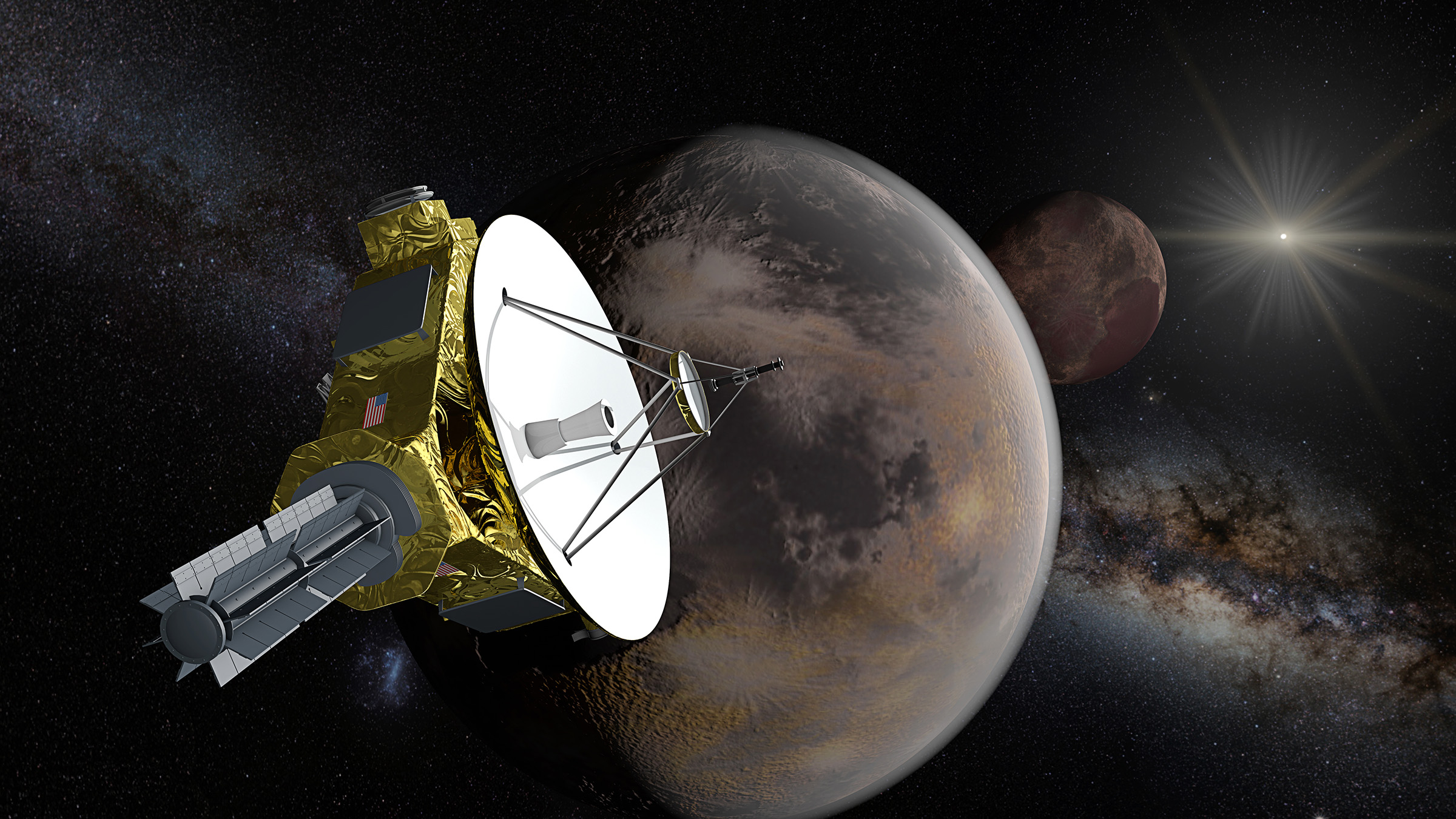![]()
Published Feb 19th, 2024 8:05PM EST

The Kuiper Belt is a donut-shaped region that surrounds most of our solar system. This region is known as the home of Pluto, a dwarf planet that was originally considered one of the nine planets in our solar system. Not much is known about the Kuiper Belt other than that it’s full of “dead” objects. Now, though, Webb has discovered new ice worlds that don’t appear to be dead after all.
Curious to learn more about the Kuiper Belt and its icy inhabitants, astronomers pointed the James Webb space telescope at the belt. Instead of finding icy, lifeless objects as they had originally expected, though, the astronomers found some “interesting signs of hot times in cool places,” one of the researchers shared in a statement (via Mashable).
To get a better idea of what they were looking at, the researchers pointed the Webb telescope at two of the largest objects in the Kuiper Belt: Eris and Makemake. For decades, astronomers have believed that the objects within the Kuiper Belt were preserved relics of the early solar system. However, these new Webb observations of these icy worlds present evidence that suggests otherwise.
 Image source: edobric / Adobe
Image source: edobric / Adobe
They found that the frozen methane found on the surfaces of Eris and Makemake was more recently “cooked up” than expected. This suggests that there would be hot interiors underneath the icy crusts of Eris and Makemake, interiors capable of propelling liquids and gases to the surface of these icy worlds.
Tech. Entertainment. Science. Your inbox.
Sign up for the most interesting tech & entertainment news out there.
By signing up, I agree to the Terms of Use and have reviewed the Privacy Notice.
It’s an intriguing discovery that could point toward potential sources of liquid water beneath the icy surfaces of Eris and Makemake. NASA’s New Horizons mission has helped us learn a lot more about Pluto, and future missions to these areas could teach us more about Makemake and Eris themselves.
Until then, all we have to work off of is the data that James Webb captures of these ice worlds, and it paints a very intriguing picture that undoubtedly has astronomers chomping at the bit for a chance to explore them more in-depth.
![]()
Josh Hawkins has been writing for over a decade, covering science, gaming, and tech culture. He also is a top-rated product reviewer with experience in extensively researched product comparisons, headphones, and gaming devices.
Whenever he isn’t busy writing about tech or gadgets, he can usually be found enjoying a new world in a video game, or tinkering with something on his computer.
>>> Read full article>>>
Copyright for syndicated content belongs to the linked Source : BGR – https://bgr.com/science/webb-finds-ice-worlds-on-edge-of-our-solar-system-that-arent-dead-yet/














![[News] China Makes Breakthrough in Chip Technology, Paving the Way for Lithography Advancements – TrendForce](https://earth-news.info/wp-content/uploads/2025/11/324664-news-china-makes-breakthrough-in-chip-technology-paving-the-way-for-lithography-advancements-trendforce-360x180.jpg)
















